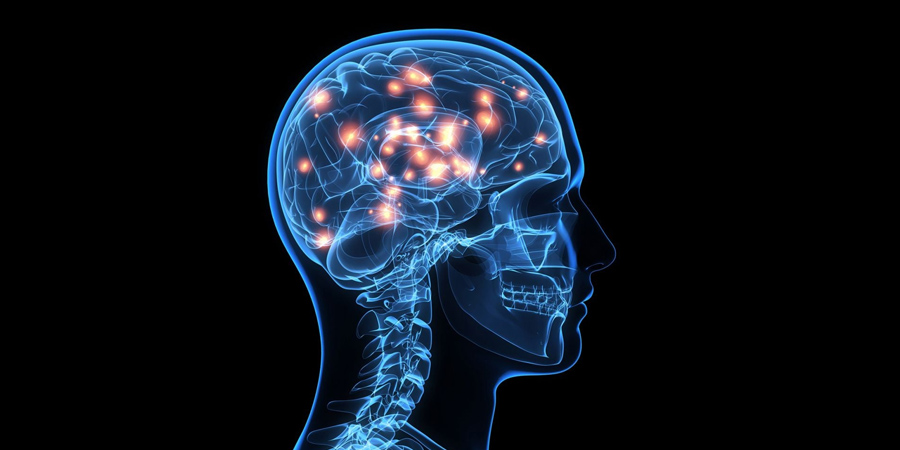Winning WARC Media Awards campaigns highlight the opportunity for brands to use AI to learn and predict customer behaviour patterns, enhancing the entire customer journey.
No one will have been surprised to see Artificial Intelligence (AI) as a solution across a number of marketing campaigns in 2020. By using AI, brands can communicate hyper-targeted, personalised content at scale and improve customer experiences.
Similarly, adding emotion to marketing campaigns is not new. Creative agencies know that engaging audiences with content that has emotional resonance will mean they are more likely to engage, remember, buy and share. According to Pringle and Field, in their book ‘Brand Immortality’, brand campaigns with purely emotional content see larger profit gains than campaigns with purely rational content strategies, in fact almost twice as much.
What our award-winners in the Effective Use of Technology category have done is combine the scale and intelligence of AI services with human intelligence to create empathic experiences that help people. This combination of technology, interwoven with social marketing or utility marketing, elevates the experience, giving it a new dimension or reason to exist.
Pantene: BrA.I.ds of Strength
A great example of marketing that helps people comes from one of our winners, Pantene, and its Israel-based team. Pantene wanted to encourage women to take part in hair donations for cancer sufferers who experience hair loss. It used a combination of AI and Instagram to identify women with long hair. Length was of vital importance as only people with hair longer than 30 centimetres were eligible to donate. This meant it could intelligently target the people who could help most.
Pantene has been doing this without new technologies for eight years. However, it is now able to supercharge its efforts by adopting AI.
Fenistil: CheckDerm, powered by AI
Creating a service that helps to solve a problem was also the approach taken by Fenistil, a leading antihistamine brand in Russia. Fenistil worked with dermatologists and programmers to create a neural network, a series of algorithms that combine to recognise underlying relationships in data sets ‘simulating’ a human brain. This resulted in a service that helps people by diagnosing skin problems and making recommendations on the best treatment.
After uploading a photo this could be done with 90% accuracy in just a few minutes. Why do this? Fenistil is most commonly used for mosquito bites, but the application of it is much wider. This service helped people easily recognise their skin complaint and then showed them how Fenistil can help them. This type of utility marketing is perfect for AI because it helps people quickly at scale.
P/S: The Adventure With King Leo and Friends
Artificial Intelligence is a broad field with many different subcategories. As well as machine learning and computer vision, another application of AI is chatbots. Increasingly sophisticated, they can now use natural language processing techniques that take interactions beyond the standard scripted response to an advanced, intelligent dialogue system – including name recognition and sentiment analysis.
Toothbrush brand P/S showed how a chatbot can be combined with other technologies like AR to create a rich experience that helps kids and parents. The chatbot, which used Facebook Messenger, captured details to create a ‘Brushing Adventure’. This combined with an AR experience where the characters teach kids brushing techniques and encourage them to brush on a daily basis.
The digitisation of customer experience
According to the McKinsey Global Survey on the impact of COVID-19, the digitisation of customer experiences and digital transformation within organisations has accelerated rapidly.
The average share of customer experience interactions that are digital is up 22% globally. Over the past year we have all had a learning curve but been surprised at how quickly we have adapted to new ways of living and working.
Post-pandemic (fingers crossed, we’re getting there) retailers are thinking about bricks and mortar services again, but with a much stronger online presence. The opportunity and the challenge will be to combine the digital and physical customer experiences. There is an opportunity to use AI to learn and predict customer behaviour patterns, enhancing the entire customer journey.
Competing for your customers’ attention in a crowded space means that you are spending a significant proportion of your annual marketing budget to shout the loudest. Instead, ‘marketing that helps people’ creates a utility that goes beyond trying to obviously sell products.
For a successful marketing strategy AI can not only help you scale but also intelligently target the right people. You not only need to understand what data you have available to you, you need to invest time and gain insights to how that data can be most valuable.
By keeping the human side, your campaign isn’t only a rational one that can scale but one that has meaning for your audience, adding real value for your customers, helping them live better lives.
—
Guest Author: www.warc.com
This article first appeared in www.warc.com Seeking to build and grow your brand using the force of consumer insight, strategic foresight, creative disruption and technology prowess? Talk to us at +971 50 6254340 or engage@groupisd.com or visit www.groupisd.com/story

